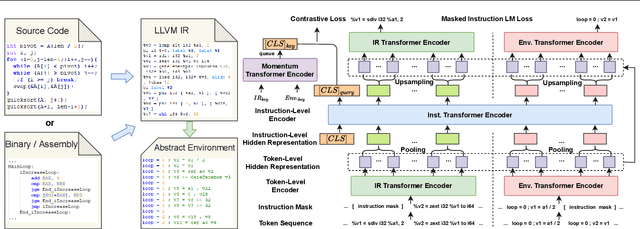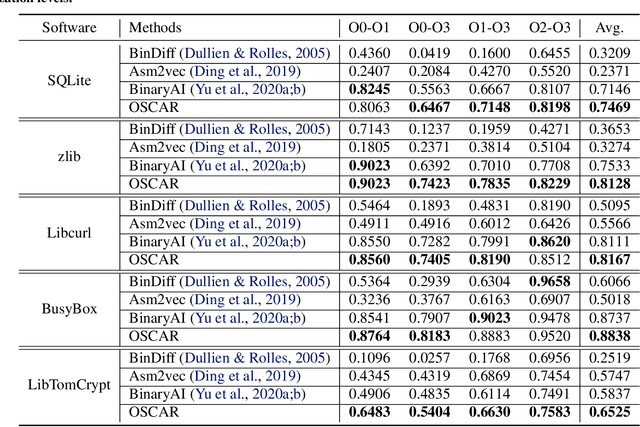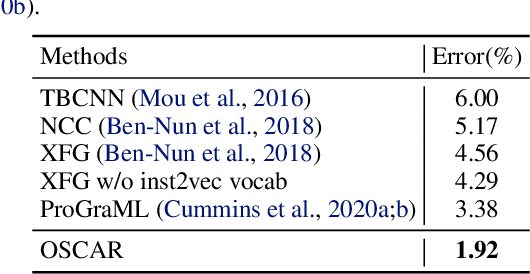Dinglan Peng
Stable, Fast and Accurate: Kernelized Attention with Relative Positional Encoding
Jun 23, 2021



Abstract:The attention module, which is a crucial component in Transformer, cannot scale efficiently to long sequences due to its quadratic complexity. Many works focus on approximating the dot-then-exponentiate softmax function in the original attention, leading to sub-quadratic or even linear-complexity Transformer architectures. However, we show that these methods cannot be applied to more powerful attention modules that go beyond the dot-then-exponentiate style, e.g., Transformers with relative positional encoding (RPE). Since in many state-of-the-art models, relative positional encoding is used as default, designing efficient Transformers that can incorporate RPE is appealing. In this paper, we propose a novel way to accelerate attention calculation for Transformers with RPE on top of the kernelized attention. Based upon the observation that relative positional encoding forms a Toeplitz matrix, we mathematically show that kernelized attention with RPE can be calculated efficiently using Fast Fourier Transform (FFT). With FFT, our method achieves $\mathcal{O}(n\log n)$ time complexity. Interestingly, we further demonstrate that properly using relative positional encoding can mitigate the training instability problem of vanilla kernelized attention. On a wide range of tasks, we empirically show that our models can be trained from scratch without any optimization issues. The learned model performs better than many efficient Transformer variants and is faster than standard Transformer in the long-sequence regime.
How could Neural Networks understand Programs?
May 31, 2021



Abstract:Semantic understanding of programs is a fundamental problem for programming language processing (PLP). Recent works that learn representations of code based on pre-training techniques in NLP have pushed the frontiers in this direction. However, the semantics of PL and NL have essential differences. These being ignored, we believe it is difficult to build a model to better understand programs, by either directly applying off-the-shelf NLP pre-training techniques to the source code, or adding features to the model by the heuristic. In fact, the semantics of a program can be rigorously defined by formal semantics in PL theory. For example, the operational semantics, describes the meaning of a valid program as updating the environment (i.e., the memory address-value function) through fundamental operations, such as memory I/O and conditional branching. Inspired by this, we propose a novel program semantics learning paradigm, that the model should learn from information composed of (1) the representations which align well with the fundamental operations in operational semantics, and (2) the information of environment transition, which is indispensable for program understanding. To validate our proposal, we present a hierarchical Transformer-based pre-training model called OSCAR to better facilitate the understanding of programs. OSCAR learns from intermediate representation (IR) and an encoded representation derived from static analysis, which are used for representing the fundamental operations and approximating the environment transitions respectively. OSCAR empirically shows the outstanding capability of program semantics understanding on many practical software engineering tasks.
 Add to Chrome
Add to Chrome Add to Firefox
Add to Firefox Add to Edge
Add to Edge